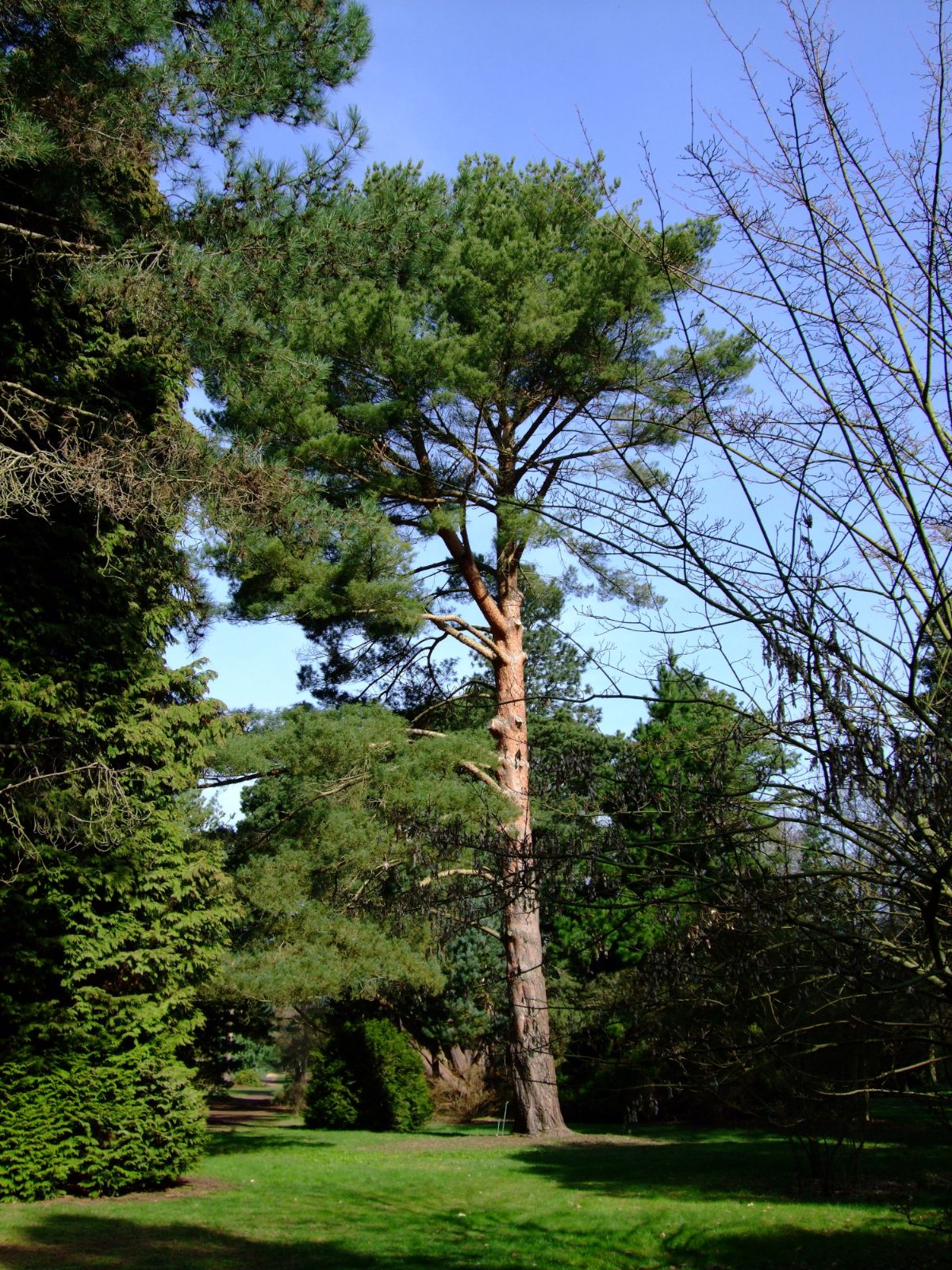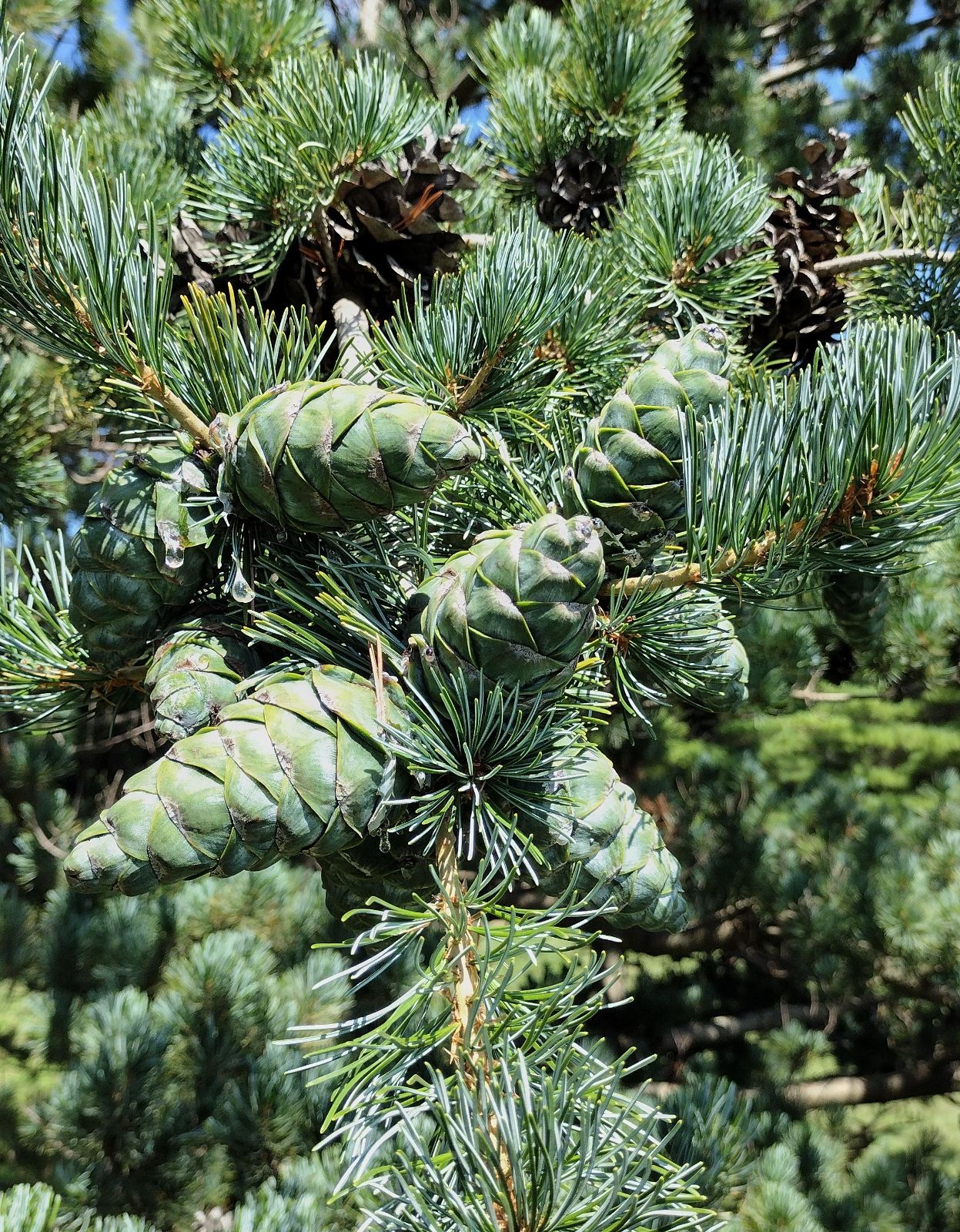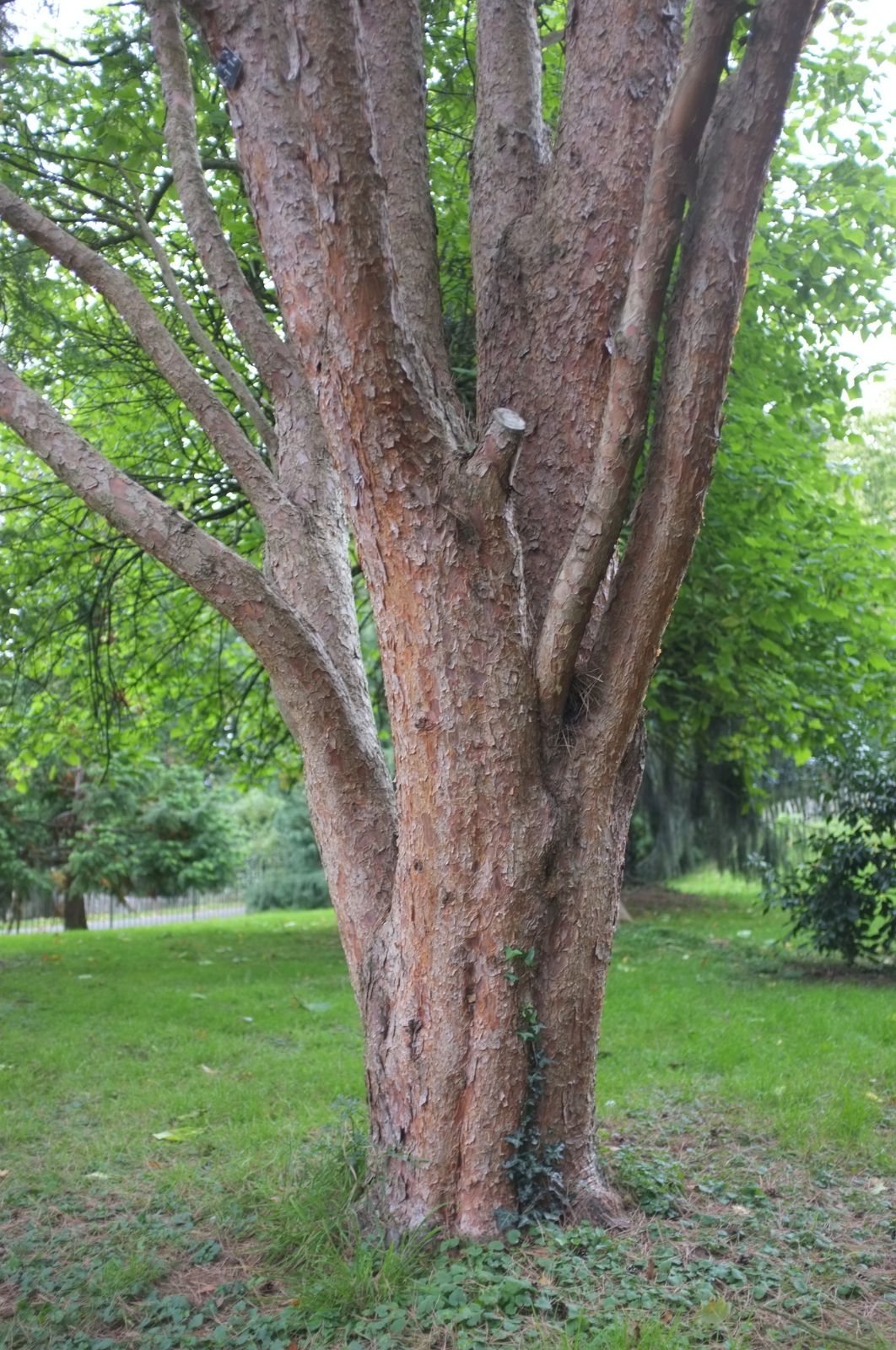Pinus densiflora
Credits
Article from Bean's Trees and Shrubs Hardy in the British Isles
Recommended citation
'Pinus densiflora' from the website Trees and Shrubs Online (treesandshrubsonline.
Genus
Common Names
- Japanese Red Pine
Infraspecifics
Other taxa in genus
- Pinus albicaulis
- Pinus arizonica
- Pinus armandii
- Pinus attenuata
- Pinus ayacahuite
- Pinus balfouriana
- Pinus banksiana
- Pinus bhutanica
- Pinus brutia
- Pinus bungeana
- Pinus canariensis
- Pinus cembra
- Pinus cembroides
- Pinus chiapensis
- Pinus contorta
- Pinus coulteri
- Pinus culminicola
- Pinus densata
- Pinus devoniana
- Pinus durangensis
- Pinus echinata
- Pinus edulis
- Pinus elliottii
- Pinus engelmannii
- Pinus eremitana
- Pinus flexilis
- Pinus gerardiana
- Pinus greggii
- Pinus × hakkodensis
- Pinus halepensis
- Pinus hartwegii
- Pinus heldreichii
- Pinus henryi
- Pinus × holfordiana
- Pinus hwangshanensis
- Pinus jeffreyi
- Pinus johannis
- Pinus koraiensis
- Pinus lambertiana
- Pinus leiophylla
- Pinus longaeva
- Pinus massoniana
- Pinus maximartinezii
- Pinus monophylla
- Pinus montezumae
- Pinus monticola
- Pinus morrisonicola
- Pinus mugo
- Pinus muricata
- Pinus nelsonii
- Pinus nigra
- Pinus oocarpa
- Pinus orizabensis
- Pinus palustris
- Pinus parviflora
- Pinus patula
- Pinus peuce
- Pinus pinaster
- Pinus pinceana
- Pinus pinea
- Pinus ponderosa
- Pinus pseudostrobus
- Pinus pumila
- Pinus pungens
- Pinus quadrifolia
- Pinus radiata
- Pinus remota
- Pinus resinosa
- Pinus rigida
- Pinus roxburghii
- Pinus sabiniana
- Pinus serotina
- Pinus sibirica
- Pinus strobiformis
- Pinus strobus
- Pinus sylvestris
- Pinus tabuliformis
- Pinus taeda
- Pinus taiwanensis
- Pinus teocote
- Pinus thunbergii
- Pinus torreyana
- Pinus virginiana
- Pinus wallichiana
- Pinus wangii
- Pinus yunnanensis
A tree 100 to 120 ft high in Japan, with a trunk 3 to 4 ft through; bark of trunk reddish, scaling; young shoots blue-white, glabrous; buds cylindrical, brown, resinous. Leaves in pairs, falling the third year, 21⁄2 to 4 in. long, slender, dark green on both surfaces, margins very minutely toothed; leaf-sheath 1⁄4 to 3⁄8 in. long, persistent, terminated often by one or two slender threads. Cones 11⁄2 to 2 in. long, 3⁄4 to 1 in. wide before expansion, conical, pointed; seed 1⁄4 in. long, with a wing about thrice as long.
Native of Japan, Korea, and parts of China; introduced by Siebold from Japan in 1854. In that country it is a useful timber tree, filling much the same place in the flora there that the Scots pine does in Europe. It is one of the favourite plants upon which the Japanese gardeners exercise their dwarfing arts. The species is not likely to have any timber value with us. It resembles P. sylvestris in the resinous buds and reddish trunk, but is very different in general appearance, the leaves being green (not grey) and the young shoots glaucous (not green).
All the existing trees in Britain were planted this century and are mostly 35 to 50 ft in height and 21⁄2 to 33⁄4 ft in girth. There are trees in this range of size in the National Pinetum, Bedgebury; at Wakehurst Place, Sussex; Westonbirt, Glos.; and in the Edinburgh Botanic Garden. A tree at Bicton in Devon is 48 × 53⁄4 ft (1968).
From the Supplement (Vol. V)
specimens: Leonardslee, Sussex, 75 × 41⁄4 ft (1984); Borde Hill, Sussex, 70 × 31⁄2 ft (1981); Priestwood (Harewood), Bucks., 62 × 31⁄2 ft (1984); Nuneham, Oxon., 66 × 81⁄2 ft (1978); Bicton, Devon, 52 × 61⁄4 ft (1977); Whitehills, Newton Stewart, Wigt., 52 × 4 ft (1984).
† P. taiwanensis Hayata – probably allied to P. densiflora, this makes a large tree in Formosa. Introduced around 1930, it is rarely planted in Britain but is represented by a small specimen at Borde Hill in Sussex.
Allied to P. taiwanensis is P. hwangshanensis Hsia, with a scattered distribution in eastern central China. Of recent introduction to Kew.
'Aurea'
This behaves like P. sylvestris ‘Aurea’ in the leaves turning yellow in autumn and winter, changing to green again in spring and summer. Originally distributed as “P. massoniana aurea”.'Glauca'
DO NOT PUBLISH
'Pendula'
Known in Japan before 1890 (Auders & Spicer 2012), this cultivar produces long shoots that show no tendency to ascend, so it should be planted where it can drape over a surface. The needles are long and green.
'Umbraculifera'
A very attractive Japanese garden variety, making a small, dense tabular shrub at first, but eventually a miniature, many-stemmed tree with a flat or mushroom-like crown and 10 ft or slightly more high. The cones are much smaller than in the wild trees. It is known in Japan as ‘Tanyosho’.







